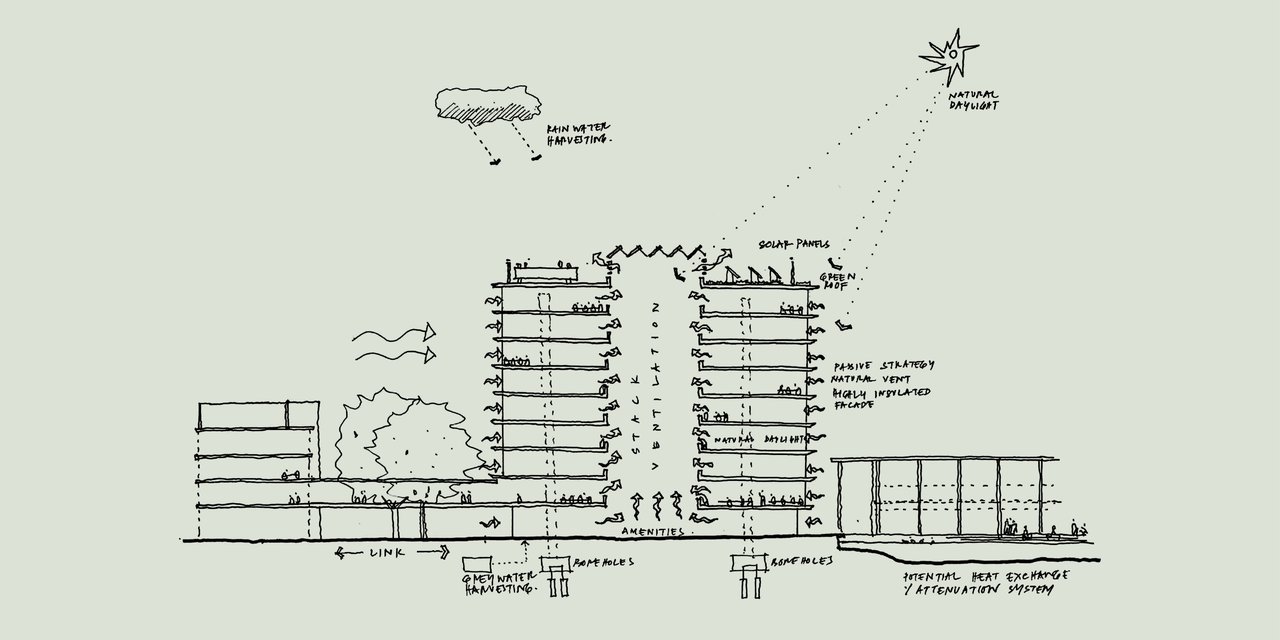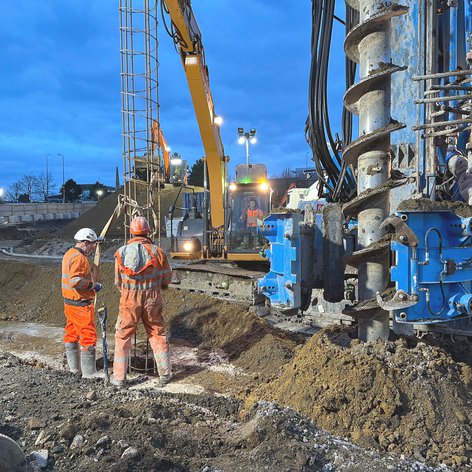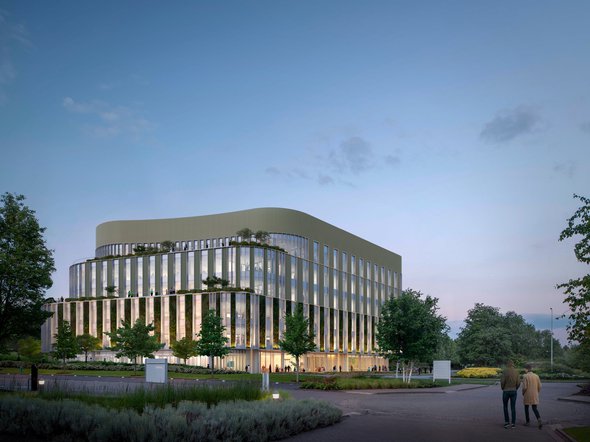
Climate context & our role in it
Architects are trained to take complex, often conflicting problems and develop beautiful and functional solutions. The issues surrounding sustainability are some of the most complex but also some of the most important to not only our society but the planet and all its beings at large.
The urgency of the climate crisis requires architects to be prepared to address the challenges we currently face. We need to evolve our sustainability competency and literacy into design strategies that sit at the core of our built environments. Sustainable design, done well, should result in a built environment that protects our planet and enhances human health while creating equitable and resilient communities; and that is what we strive for.
Undoubtedly, rising to these challenges means considerable changes in society, the economy and our relationship with the environment (built & natural). It also means considerable changes in how we perceive our role as architects, as human beings and caretakers of the planet.
The urgency of the climate crisis requires architects to be prepared to address the challenges we currently face. We need to evolve our sustainability competency and literacy into design strategies that sit at the core of our built environments. Sustainable design, done well, should result in a built environment that protects our planet and enhances human health while creating equitable and resilient communities; and that is what we strive for.
Undoubtedly, rising to these challenges means considerable changes in society, the economy and our relationship with the environment (built & natural). It also means considerable changes in how we perceive our role as architects, as human beings and caretakers of the planet.
The construction sector generates almost 40% of Global CO2 emissions.”
World Green Building Council (2019). Bringing embodied carbon upfront, p16.
25% of UK emissions are directly attributable to the built environment.”
UKGBC (n.d.). Net Zero Carbon Buildings and Infrastructure – Explainer Guide. [online] UK: UKGBC. View online
Operational carbon emissions account for as much as 50% of a buildings total emissions over its life span.”
RIBA; Sturges, S. (2017). Embodied and whole life carbon assessment for architects. 66 Portland Place, London, W1B 1AD: RIBA, p6.

We are at a tipping point for climate action with an ever reducing time left to achieve our global and national climate targets. Radical and rapid transformation from businesses and global economies is essential. This includes us and our clients.
Our sustainability principles are guided by the RIBA 2030 Climate challenge, the LETI climate emergency design guide and the UN Sustainable development goals. Together alongside our clients, we are targeting net zero whole life carbon design by 2030.
Our sustainability principles are guided by the RIBA 2030 Climate challenge, the LETI climate emergency design guide and the UN Sustainable development goals. Together alongside our clients, we are targeting net zero whole life carbon design by 2030.

